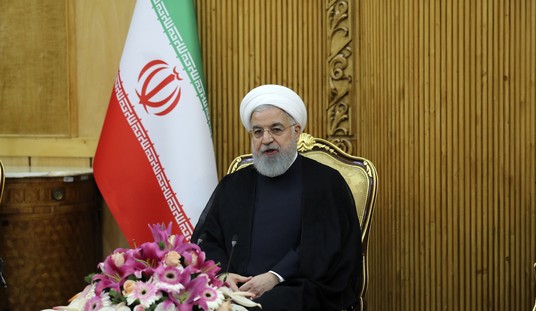A pricey private school in New York City’s West Village suddenly found itself in the news because of a school policy of racially segregating students in homerooms. The policy certainly appears to be unusual in the year 2018. Now, because of the hubbub in recent days, the posh school has decided to end the policy.
The Little Red School House has an annual tuition of $45,485 and the school population includes many children of celebrities. The odd thing is that this policy was used in the 2017-18 school year in grades 7 and 8 without making headlines. Suddenly now that the policy is to be extended to the six graders, parents are speaking out against it.
In the last month, parents at the $45,485-per-year private school — which counts David Schwimmer, Christy Turlington Burns and Sofia Coppola’s offspring among its pupils — became aware that Director Philip Kassen would place minority middle-school students in the same homerooms come fall.
They also learned that the race-based placement policy had already been in effect for the 2017-18 school year for 7th and 8th graders, and would likely be expanded to the 6th grade in September.
Approximately 30% of the school day is spent with homeroom classmates. Each grade has 40 students split into two homeroom classes. Surely, with such small classes, the parents noticed the student make-up of the classes during the last year. I do wonder why no one asked questions before now. They are speaking out against the policy now. One new graduate’s father claims the policy has been in place for years.
“My daughter who is 11 was like, ‘Wow, this is crazy. They are talking about separating by color,’” one father, who asked to remain anonymous, told The Post.
“And I was thinking how antiquated is this? This is backwards. It’s almost like segregation now.”
Another father, whose daughter recently graduated from the middle school, said classes have been segregated for as long as she was enrolled there and was conspicuously in effect during the 2016-17 year.
“They weren’t very transparent about it,” said the grad’s father, whose daughter was in what he referred to as the “minority class.”
“It was my daughter who immediately noticed that all the kids of color were in one class. If you’re going to have that policy, you need to be upfront,” he said.
The grad’s father said the divisions were obvious as far back as kindergarten.
Call it what you will, this policy looks to be another social experiment on the most vulnerable among us – young children in a schoolroom setting. More importantly, there is certainly a lack of transparency between school administrators and parents, especially for such a small school. The children essentially grow up together and some minority parents noted that their children were not placed in classrooms with their friends, so the kids aren’t having difficulty amongst themselves. Again, I keep going back to the question of why didn’t anyone ask questions about these observations? In today’s politically correct world, were they just too passive to even question how classroom composition was chosen?
Enter the school consultants. Little Red School House Director Phillip Kassen (who makes a tidy $403,039 in total compensation) suggested parents just check the school handbook. (NY Post)
He points to a passage from the school’s handbook that states: “Research points to the academic, social, and emotional benefits to being in a classroom with others who share racial, ethnic, linguistic, and/or cultural backgrounds.”
An NYC-based educational consultant with a focus on minority students said Little Red School House’s proposal is “the lesser of two evils,” explaining that often when there is a single black or Latin student in a class — especially history and literature classes where discussions can turn political or personal — they can feel isolated and uncomfortable.
“The intention is to make students of color feel that they are a critical mass and have a voice,” the consultant said, adding that a handful of other schools, including Bank Street on the Upper West Side — which has students break into self-identified “affinity groups” four times a year for 45 minute classes — have experimented with similar policies, though to a much lesser degree.
“And if that results in clumping kids and creating some all-white classrooms, it’s a trade-off worth making,” she said.
Sometimes good intentions just go awry. While the policy of racial segregation may have been well-intended, it sure landed with a thud. If there was transparency so that parents knew what the decision-making was, then that would be one thing. But to just implement it and then question it only when parents began to say something is just wrong. Certainly, some of the burden rests with these parents, too. Where were they?
It is impossible for me to read a story like this without putting myself in the parents’ shoes. I was quite involved in my child’s school life, especially up until the high school years, and was often a room mom. He is now grown but even then it was sometimes hard to get parental participation due to our busy lives.
This NYC school is 97 years old so it’s not just some modern experiment. The school director claims the policy was implemented after consulting with teachers and school graduates.
“I think that it is essential to note that our groupings were not created to take away rights or opportunities from anyone, but rather to create the most supportive environment possible for all students, which is the very heart of our mission,” he said in the letter.








Join the conversation as a VIP Member